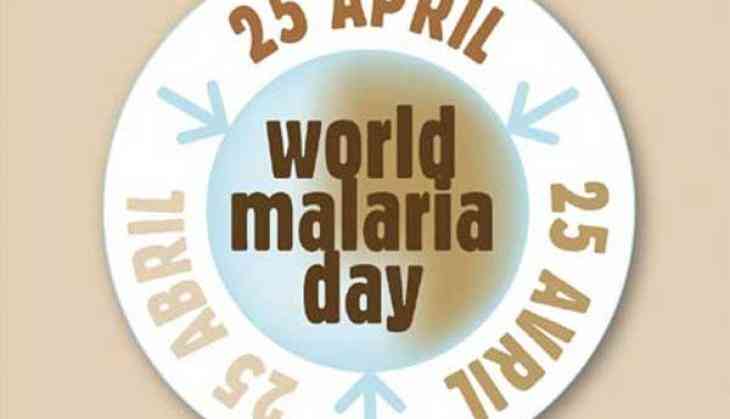World Malaria Day: Effective steps to prevent Malaria

The theme for World Malaria Day this year is "End Malaria for Good".
Malaria is caused due to the Plasmodium parasites which are carried by the Female - Anopheles mosquito. Out of five, two species of the parasite, P. falciparum and P. vivax, pose the greatest threat to human beings. Once the mosquito bites the person, the parasite enters the liver infecting the red blood cells.
These begin to grow and reproduce in red blood cells until they swell and burst, releasing new parasites that infect more red blood cells. Once the parasites have infected the blood, the symptoms of malaria begin to appear.
According to World Health Organization in 2015, malaria prevailed in 91 countries. There were 212 million cases recorded and 429000 deaths. The statistics reveal that one child dies of malaria every two minutes. Between 2010 and 2015, the incidence of malaria fell by 21 percent globally; malaria mortality rates fell by 29% and by 35% among children under the age of 5. In 2015, there were 212 million new cases of malaria and 429,000 deaths.
Dr RVS Bhalla, Director, Internal Medicine, Fortis Escorts Hospital Faridabad and Dr Ajay Aggarwal, Director, Internal Medicine, Fortis Noida share some essential steps to recognize the early symptoms and ways to tackle malaria:
Early Symptoms:
• High fever (up to 105 degrees Fahrenheit) with shaking chills
• Profuse sweating when the fever suddenly drops
• Fatigue
• Headache
• Muscle aches
• Abdominal discomfort
• Nausea, vomiting
• Feeling faint while standing or sitting up quickly
• Confusion, drowsiness, seizure, coma
• Low blood sugar
• Jaundice
• Decreased urine or Coca Cola coloured urine
Diagnosis:
Blood tests can be conducted to affirm:
• Levels of red blood cells
• Platelets
• Ability of your blood to clot
• Blood chemistry
• Liver function
• Kidney function
People at a higher risk of contracting Malaria:
• Infants (children under 5 years of age)
• Pregnant women
• Patients with HIV/AIDS
• Non-immune migrants
• Mobile populations
• Populations who reside in tropical humid environments
• People who reside in unhygienic conditions i.e. near stale dirty water bodies
Prevention:
• Use of mosquito coils
• Mosquito repellents sprayed on skin
• Screening windows and doors
• Mosquito proof bed nets
• Closed windows during late evenings and early mornings
• Wearing protective clothing, such as long sleeve shirts
• Avoiding dark coloured clothes
• Using Insecticide-treated mosquito nets
• Indoor residual spraying
• Removal of all sources of stagnant water
Malaria is a public health problem in several parts of the country. About 95% population in the country resides in malaria endemic areas and 80% of malaria reported in the country is confined to tribal, hilly, difficult and inaccessible areas.
Directorate of National Vector Borne Disease Control Programme (NVBDCP) under the Ministry of Health has framed technical guidelines/ policies and provides most of the resources for the programme.
Indicators have been developed at national level for monitoring of the programme so that there is uniformity in collection, compilation and onward submissions of data which would be helpful in combating malaria at a larger level.
-ANI

